French neoclassical architect, interior decorator, and designer Charles Percier was an illustrious representative of Directoire and Empire Styles.
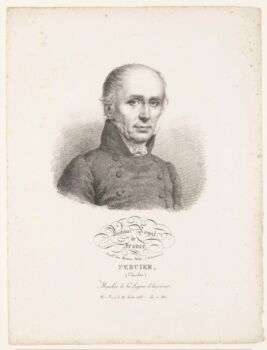
Image source: https://search.creativecommons.org/photos/1d6c19a5-3e0b-4d8e-b877-10c85c018296 by Rijksmuseum
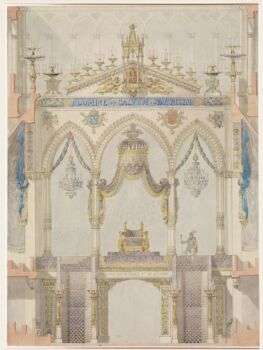
About Percier’s Life
Percier was born in Paris in 1764. Then, in 1784, at age nineteen, he won the Prix de Rome, a government-funded scholarship in Rome. After, he met Pierre-François-Léonard Fontaine, who became his friend for life. Their architecture firm, Percier & Fontainem became the leading firm of the Napoleonic period, and their work influenced the widespread adoption of the Empire style in Europe and America. Further, in 1801, he was appointed government architect.
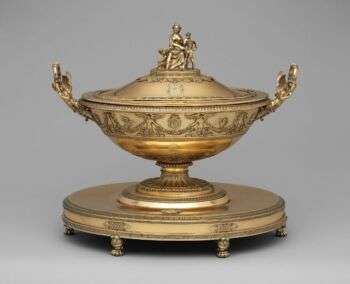
Percier’s Major Works
For the old royal palaces and the new Bonapartes residences, together with Fontaine, he designed interiors, walls, ceilings, designed furniture, accessories, and ornament. Also, they designed the arcades of the Rue de Rivoli and Rue de Castiglione along the Louvre and designed the Arc de Triomphe du Carrousel which connected the Louvre and Tuileries (1806–08). They also worked on the Château de Saint-Cloud and the Château de Fontainebleau.
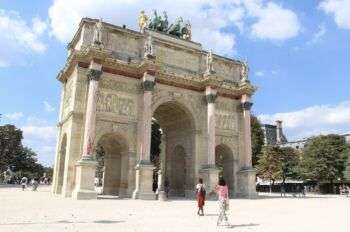
Image source: https://search.creativecommons.org/photos/188b0440-4e64-4890-a013-fcaf3a98b925 by corno.fulgur75
In the Recueil de décorations intérieures (1801–1812) Percier’s products in interior decoration and furniture design were presented as a collection of 72 plates of furniture and furnishings in France at the epoch. It was his masterpiece, according to Fontaine’s admission. Although both signatures were affixed to the plates, he drew and engraved them himself.
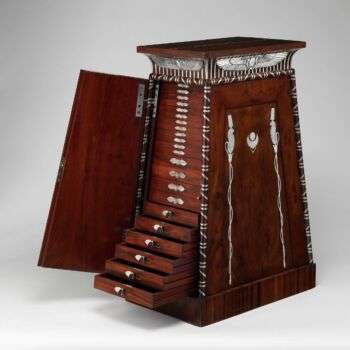
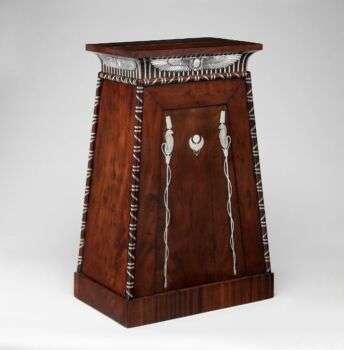
Features of Percier’s Style
Percier favored luxurious and grandiose renditions of neoclassicism in the so-called Directory style, and the Empire style. The style is distinguished by a small amount of detail and ornamentation, inspired mainly by ancient Roman objects that were discovered during excavations in Pompeii. Directory furniture was the last phase of the Louis XVI style. Additionally, the Empire style was based on the inspiration of Napoleon by the greatness of Ancient Egypt and imperial Rome.
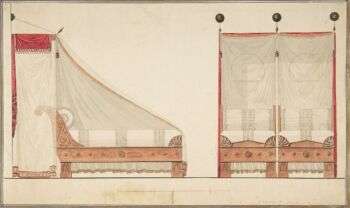
Info sources:
Charles: Architecture and Design in an Age of Revolutions
http://www.encyclopedia.com/people/literature-and-arts/architecture-biographies/charles-
